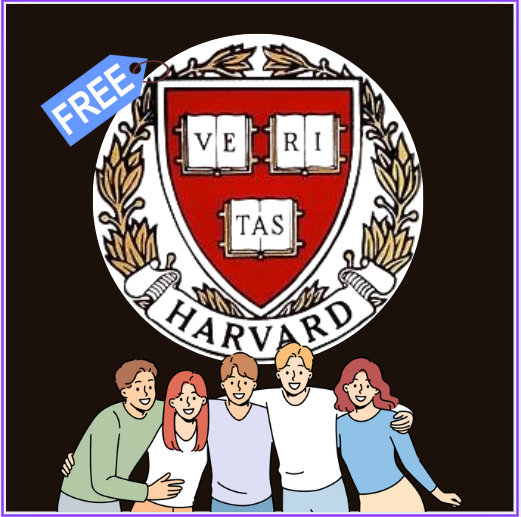Despite the successful implementation of the virtual desktop, some faculty and students have found the shift to virtual learning environments rough.
In a years’ time, Dallas College has successfully moved all 6,000 systems across campuses to the virtual space. This move equalized the availability of essential software students may have lacked in the past.
“Part of the drive for this project was technical equity across the college,” said Chief Information Officer Jim Parker. “Having grown up at separate colleges, there was a great disparity in the technical resources available to students.”
The virtual desktop makes course materials more accessible from just about anywhere on and off campus. It also curbed issues relating to soft- ware and hardware updates.
IT instructor Deraymous Rose noted that in the past his students had trouble getting access to soft- ware essential for his course such as Packet Tracer. Packet Tracer is a tool used to practice networking, internet of things and cybersecurity skills. Students struggled to access this software in the past but thanks to the virtual desktop it’s become much more accessible.
“Sometimes it’ll freeze up, and the workarounds are convoluted, so they prefer the virtual desktop as it makes accessing Packet Tracer easier,” Rose said.
However, its abrupt implementation has come with its own issues for faculty and students alike.
Lisa Gabriel, a design instructor at North Lake, expressed frustration over having not received proper training materials on how to use it.
“I only know the things I do because I’ve taken it upon myself to learn and read up on it,” Gabriel said.
IT specialist Katharina Bloom explained that though training was offered for the virtual desktop, faculty turnout was minimal.
This training took place in April for a period of three weeks, once before spring break of 2023 and two weeks thereafter. It covered the basics of navigating the virtual desktop. Gabriel was one of the few who attended training. She reasoned that the cause of low turnouts is due to the training taking place during a busy period for faculty. She also commented that the training was basic and didn’t address crucial things like transferring files.
“My biggest complaint is that the way you upload the file is really convoluted,” said Shamya Nelson, a dual credit student at Eastfield. “It’s really counterproductive to making things easier.”
Nelson’s problem transferring files into the virtual desktop is a common problem many students ran into. The virtual desktop uses OneDrive to open and transfer files on the virtual desktop. Dallas College offers a terabyte worth of data to store files on OneDrive, enabling them to follow you wherever you go with a simple sign in. This seems to have been overlooked in the training provided by IT, Gabriel said.
She also highlighted that existing video guides for the virtual desktop were insufficient in explaining the importance of OneDrive and how to install it. Another issue students ran into was speed, as it would be difficult to export much larger files that would run especially slow in the virtual desktop.
“Not every single scenario is the simple equation of launching Microsoft Word or PowerPoint, “ said Gabriel. “In the arts there’s huge file sizes, and many students have hand-me-down laptops.”
Parker explained that an incongruence still exists regarding connectivity to Wi-Fi across campuses. The virtual desktop’s performance is largely affected by Wi-Fi connection, which students noted was quite slow. This also explains why some students may struggle with larger file sizes on campus Wi-Fi.
Parker said that his team has a proposal, subject to approv- al by the college Board of Trustees, to expand broadband Wi-Fi across all campuses.
There were a few instances in Gabriel’s class where students were directed to IT and met with slow response times. One student had to wait almost a week to do her assignments in a five-week course due to being unable to access Adobe applications for free on the virtual desktop.
Rachel Burleson, the dual credit program coordinator for H. Grady Spruce High School, also had issues finding help for her students when navigating the virtual desktop. She said that the service desk often wasn’t helpful to students, and they had more luck coming to class and dealing with their issues in person. These issues included constant logins, password resets and administrative access.
“Dallas College will say go to Dallas ISD. Dallas ISD will say go back to Dallas College. And the problem never gets resolved,” Burleson said.
Michael Johnson, director of virtual learning environments, explained that though dual credit laptops are the responsibility of those individual districts, they work with individual ISD IT departments in helping maintain the virtual desktop on them.
“It is a bit more of a challenge for dual credit students, because they’re working with two entities, us and their ISD,” Johnson said.
During this semester IT worked a lot with students to help them navigate the virtual desktop and understand their issues. Historically, their department has worked with faculty to help students, but Parker’s team wants to change this approach.
“Our technology is intended to enable equity, accessibility, enable more effective learning and remove impediments,” said Parker. “We have to be able to deliver services to all users – faculty, staff and students – equally well.”
Parker also stated that this change will potentially boost the numbers in the IT departments.
“When the consolidation (of seven colleges to one Dallas College) occurred, it seemed as though the population at the campuses was reduced,” Parker said. “When I got here it ap- peared to be down 50%. This fall we’re planning to move out of our data center since we’ve put it on the cloud and move to the campuses to do our jobs from there. I think that’ll make campuses whole again.”
IT staff plan to hold ongoing training in the virtual desktop and are working to get tied into academic scheduling so they can be present to help faculty and students.
“Technical change is always a hurdle, and anytime the environment changes, it can have a tendency to throw the instructors, staff and students off,” Parker said.
Parker has also proposed the establishment of an IT knowledge bar, where a service representative would be available in Learning Commons during operational hours. This idea is presently being piloted at Eastfield and has garnered favorable responses so far.
“In time it’ll be more transparent to everyone,” Johnson said of the virtual desktop. “It might be foreign to them now because it happened so fast; It’s just going to take some more time. It’s a larger Dallas College communication issue.”








